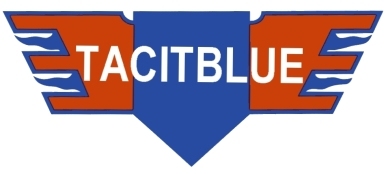
A passenger jet had to make an emergency landing after a close encounter with a flock of 21,000 racing pigeons, an accident report revealed yesterday.
The plane, which was carrying 103 passengers, flew into the birds - or vice versa - shortly after setting off from Dublin for Bristol in April 2003.
A number of birds were sucked into an engine and the Ryanair service was forced to return to Dublin on the other.
A few minutes after the Boeing B737 took off, the crew heard a series of thuds and a knocking noise from theleft- hand engine. The plane levelled out and turned back, landing safely. No one was hurt.
Ireland's Air Accident Investigation Unit found that 21,000 pigeons had been released from Arklow on the coast south of Dublin and were heading back to their lofts in Northern Ireland.
The report said the engine suffered "serious bird-strike damage".
It continued: "Wildlife poses a particular threat to aircraft operations. Birds, especially when striking an aircraft, can cause serious damage to the airframe, cockpit window and when ingested into engines can cause severe damage. In some cases total engine power loss or even engine separation has occurred."
But the report said the incident did "not concern naturally-occurring bird hazards but rather a man-made problem of pigeon racing."
Since the incident, pigeon fanciers have stopped releasing birds from areas on the east coast of Ireland and military helicopters have been drafted in to monitor the routes of birds released from other areas.
Racing pigeons weigh nearly 500g (about 1lb) and travel at speeds of up to 70 mph, which gives pilots little time to take evasive action.
After the incident, the main pigeon racing organisations in Ireland and Northern Ireland met to discuss the issue. Start locations were changed.
From January this year a military helicopter has been used to check the routes racing birds are taking.
An Irish Aviation Authority spokesman said: "The pigeon fanciers agreed to move the path. There have been no problems since."













 !
! 




